Cnicht, Snowdonia: If you only climb one mountain in your life, it should be this one
The former director-general of the National Trust reveals which of the walks previously under her care was her favourite. Unsurprisingly, it involves the glorious routes on Snowdon.
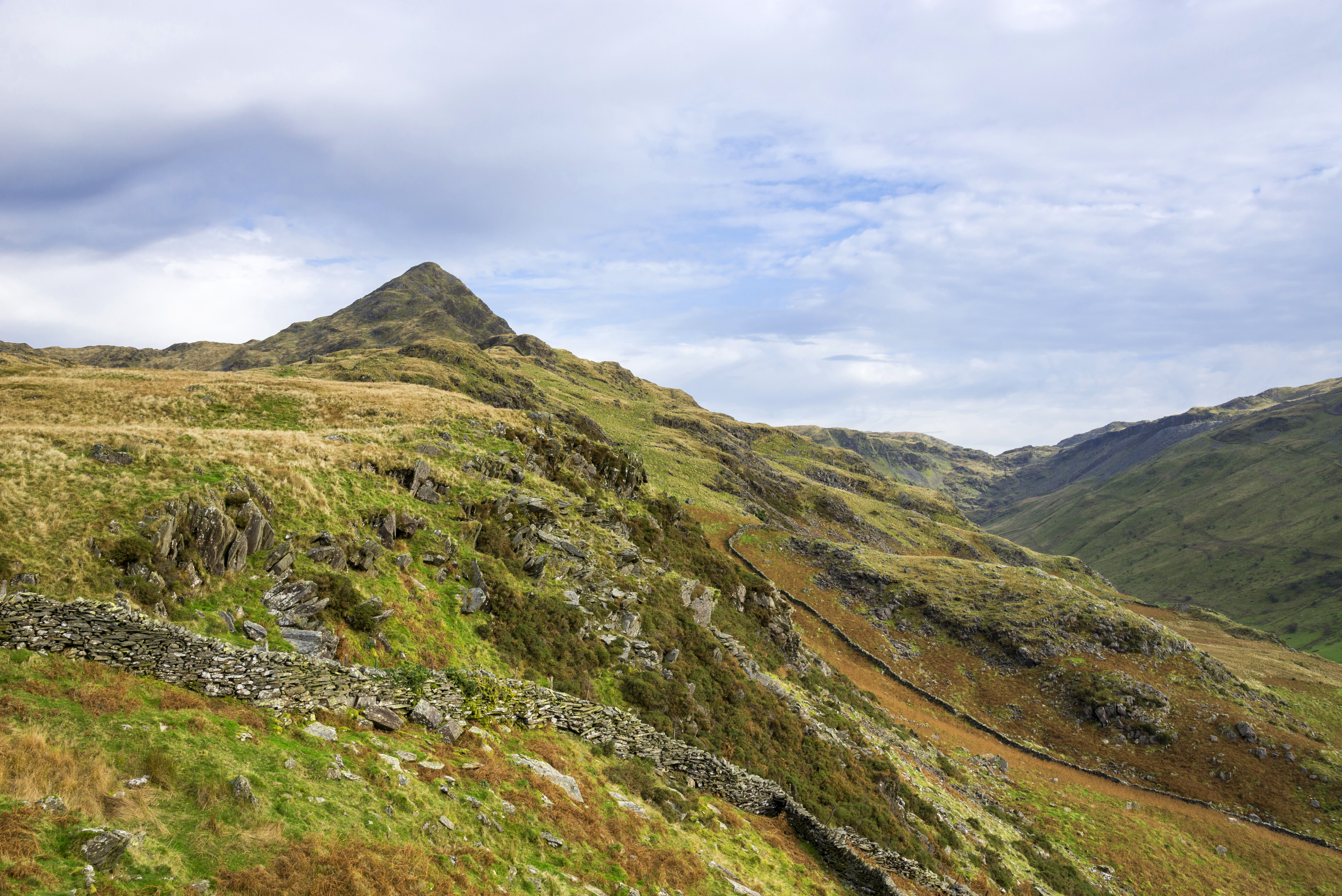

What’s my favourite National Trust walk? You have to be joking – there are far too many. When I was director-general of the Trust, I was often asked ‘Which is your favourite property?’, to which I would reply ‘Where I am now!’ It was a truthful answer, as well as one that avoided favouritism, but I often added ‘and those with which I have a special relationship’.
That leads me to what is, in fact, right up there among my favourite walks. If there’s one place I associate most with National Trust walking, it’s Snowdonia, where I’ve spent so much time.
What first leaps into my mind are the glorious routes on Snowdon and its surrounding mountains, which I adore, but a close second is the Trust-owned meadow at Llandanwg, a tiny village on the coast, south of Harlech, where we’ve holidayed as a family since the 1960s.

The meadow, glowing goldly with buttercups throughout summer, and home to the sand-buried church of St Tanwg, sparks childhood memories of running through it to the beach and home for tea. So does the first mountain I ever climbed, Cnicht, to which we’ve set out from Llandanwg countless times, including this summer with my youngest sister Ali and her boys. This is why it’s my chosen walk.
Cnicht is a small (3,000ft), Matterhorn-shaped mountain, standing proud above the Glaslyn Valley. The approach, from Croesor, is owned by the Trust, as is the land abutting the summit ridge. To climb Cnicht, leave your car at Croesor, near Plas Brondanw, the family home of Clough Williams-Ellis. He was the charismatic architect of Portmeirion and his irreverent, provocative anti-sprawl book, England and the Octopus, took the country by storm in the 1920s. To visit his house and garden is to feel his presence enlivening this picturesque corner of Wales.
'The voices of quarrymen speak to us, recalling a bitter life that contrasts starkly with our carefree walk'
To climb Cnicht, you follow a route straight up the ridge, so there are no surprises and no room for mistakes, except for its three blind summits – each time you think you’re there, you’re faced with another steep climb, each more precipitous than the last. Eventually, you’re up, and the view from the top is heart-stoppingly beautiful. The 360-degree panorama looks north to Snowdon, south to Cader Idris, west to the Cardigan-shire coastline and east across the mine-worked heart of the Moelwyn hills.
If you’re game, this is where you’ll keep going. It’s possible to go straight back down again, but the perfect circular route is to continue on from the summit, descending to the point where three paths meet at a disused quarry under Foel Ddu. Then it’s back to Croesor down a gently sloping miner’s track. Through the ruins of the old winching buildings and miner’s homes, the voices of generations of quarrymen speak to us, recalling a bitter, hard life that contrasts starkly with our carefree walk.
Sign up for the Country Life Newsletter
Exquisite houses, the beauty of Nature, and how to get the most from your life, straight to your inbox.
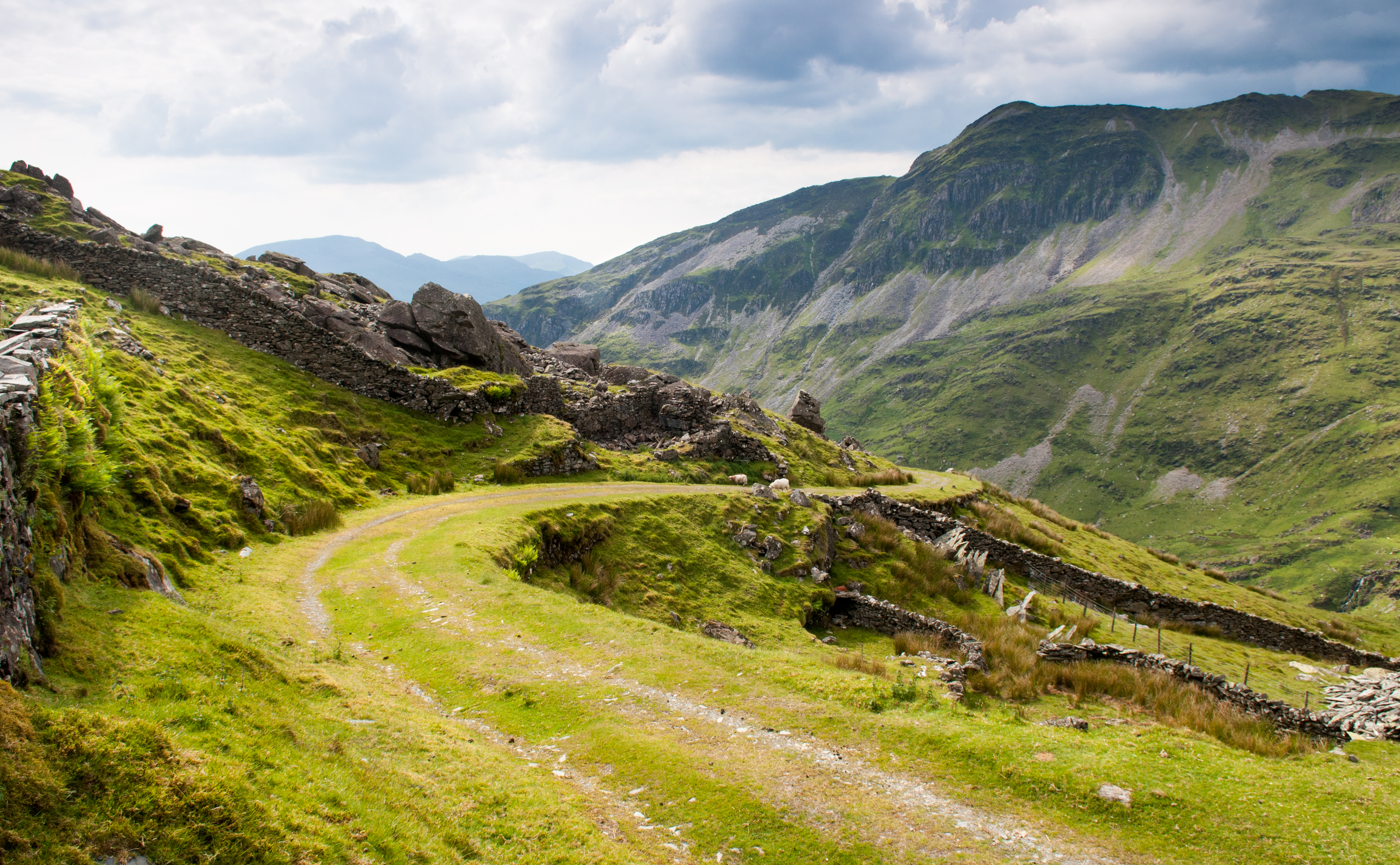
It’s right we should think of them, because these mountains were always places of hard graft, as well as beauty; the miners’ labours leave a more indelible imprint in the landscape than do our walkers’ boots.
Today, this valley is part of the 83-mile Snowdonia Slate Trail (I long to do all of it), which celebrates the rich, sometimes painful, history of the slate-quarrying industry. When the Snowdonia National Park was designated, the mined area around Blaenau Ffestiniog was left out, thought to be too damaged for designation as beautiful.
I’m sure we wouldn’t do this today, as we have learned to understand better the interdependence between humans and Nature and the need to honour the lived experience. Cnicht, my favourite mountain, is, for me, a place of memory and stories, and surely somewhere that anyone can celebrate the landscape.
Fiona Reynolds is Master of Emmanuel College, Cambridge and author of ‘The Fight for Beauty’.
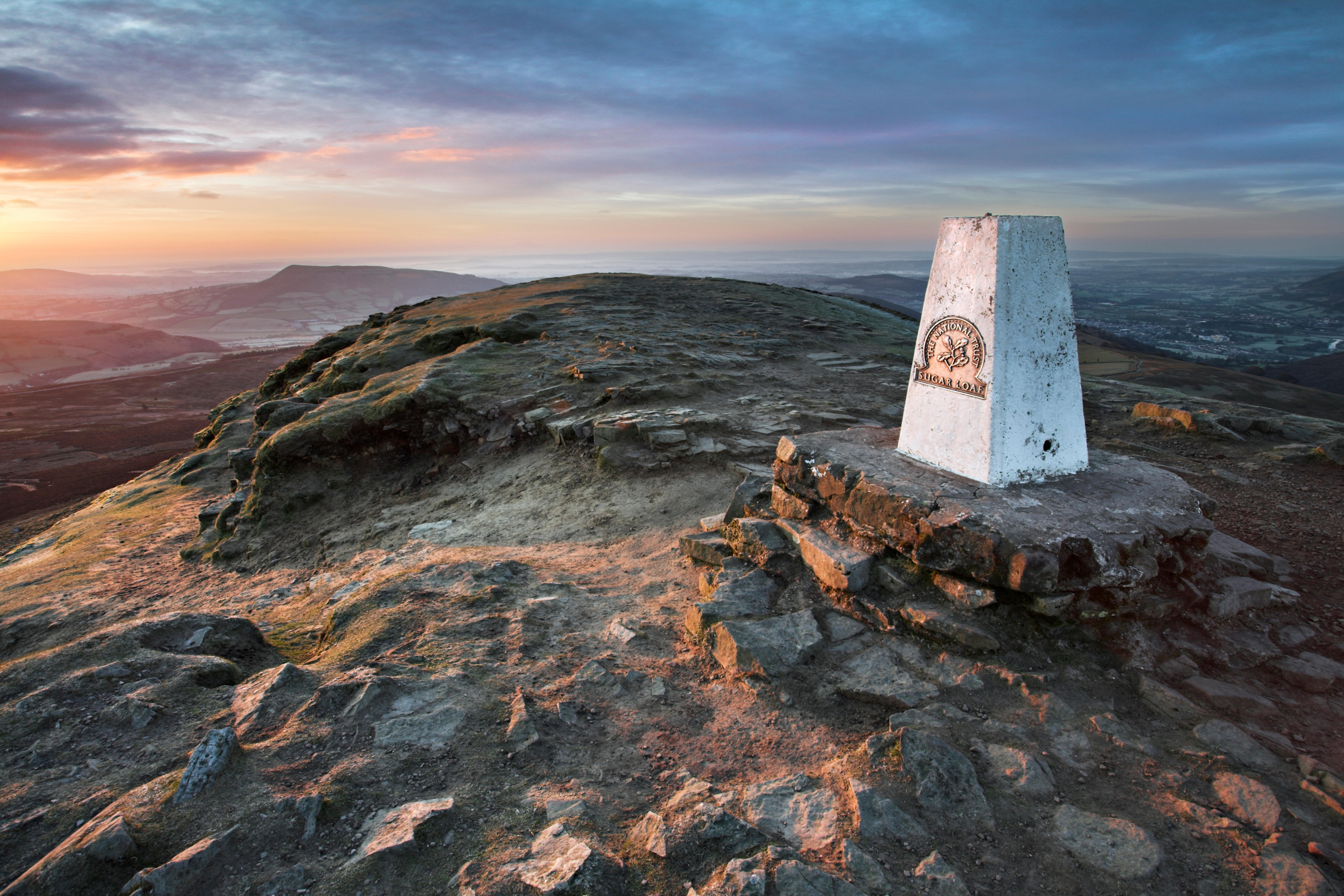
Climbing the Sugar Loaf, the irresistibly perfect mountain in a ‘wild and lovely’ setting
The Sugar Loaf in Wales’s Black Mountains is a satisfying little peak to conquer, as Fiona Reynolds explains.
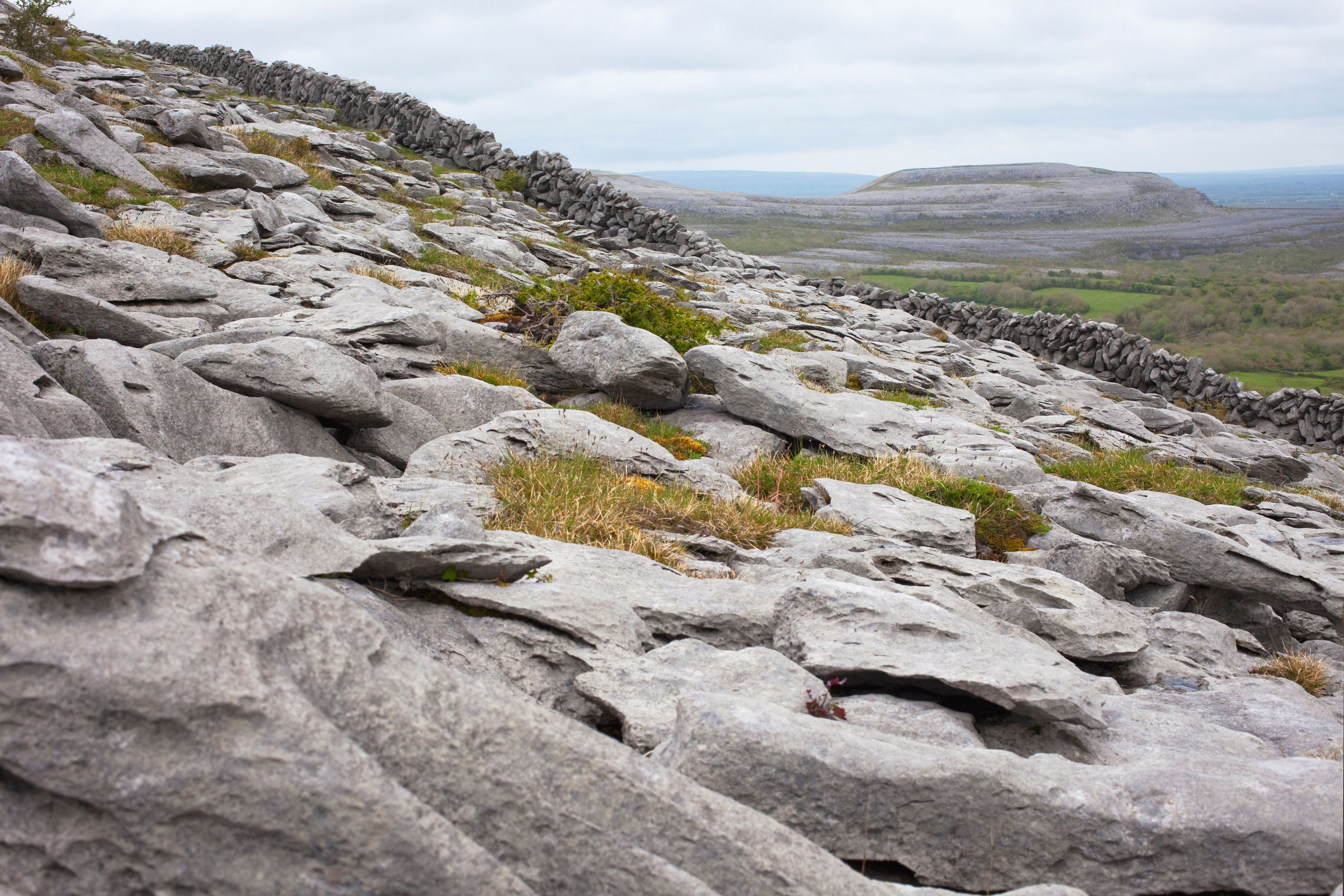
Walking The Burren, Co Clare: A place of curved hills, acres of open limestone and a landscape in which to lose oneself
Fiona Reynolds eats her words about regular walkers avoiding showers during the wettest months she can remember.
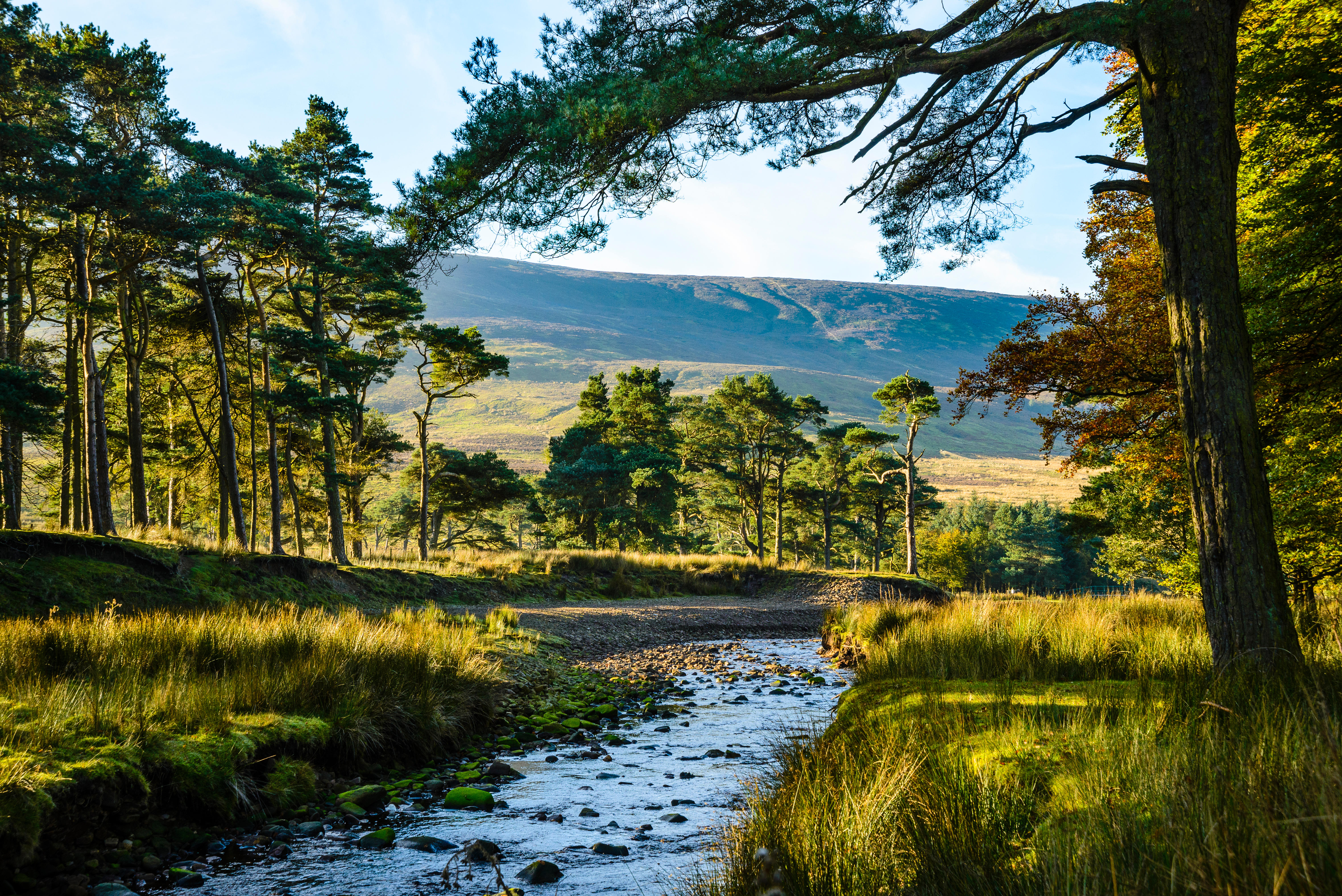
A walk through the Forest of Bowland: 'I feel the immensity of the history of this place and am deeply moved by it'
A solitary dawn walk through the Forest of Bowland is a magical experience, says Fiona Reynolds.
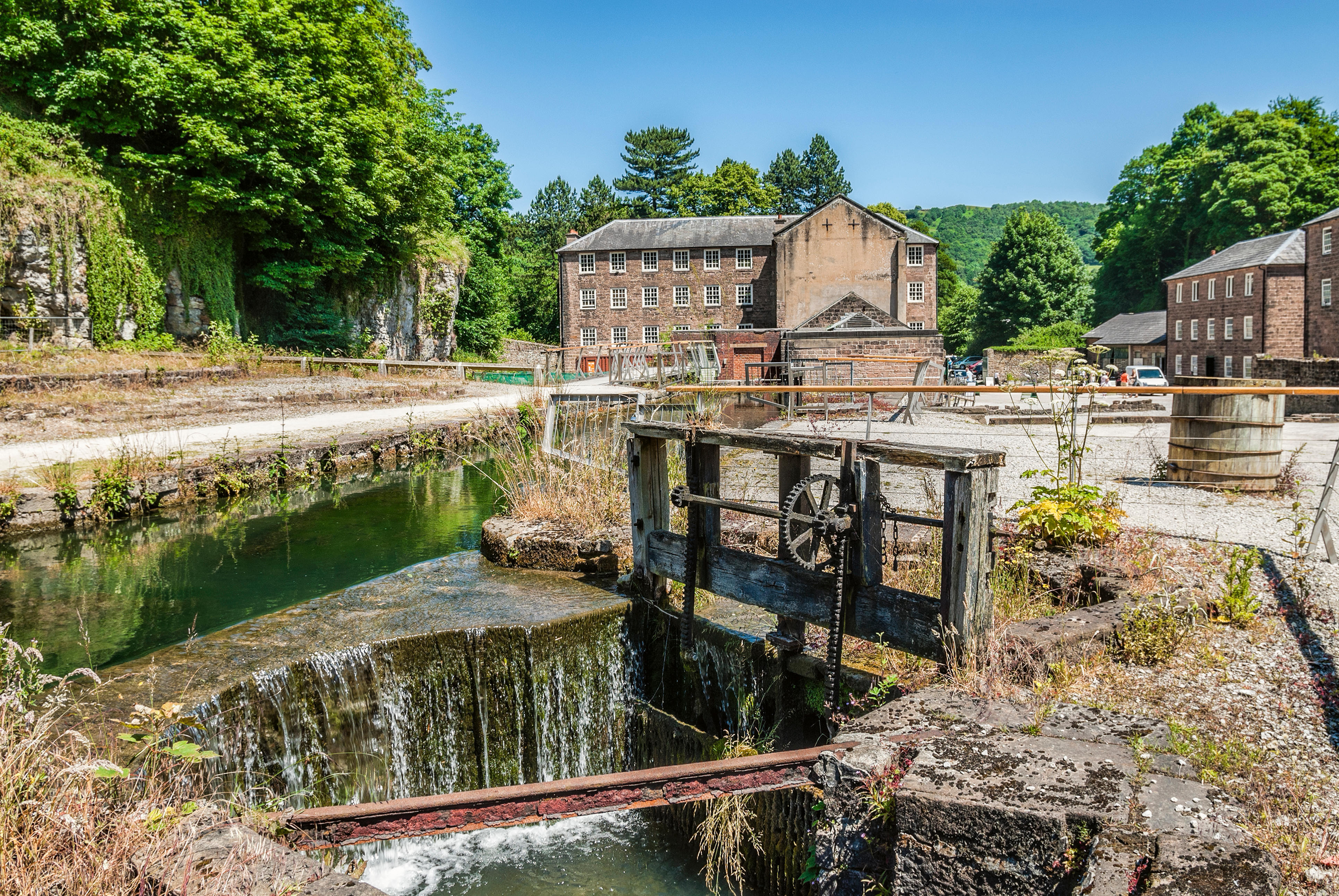
Walking Derby and the Derwent Valley, on a morning with 'dappled light on the river reflecting the monumental 18th-century mills'
Fiona Reynolds walks the Derwent Valley Heritage Way in Derbyshire, and is struck by the contrast between Man and Nature.
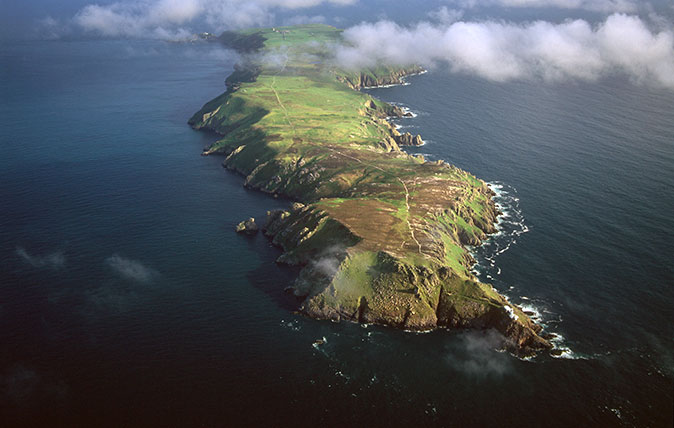
Credit: robertharding / Alamy Stock Photo
Lundy Island: The joys of a good walk, inspiring beauty and no phone signal
Fiona Reynolds was left refreshed and exhilarated after a trip to Lundy Island.
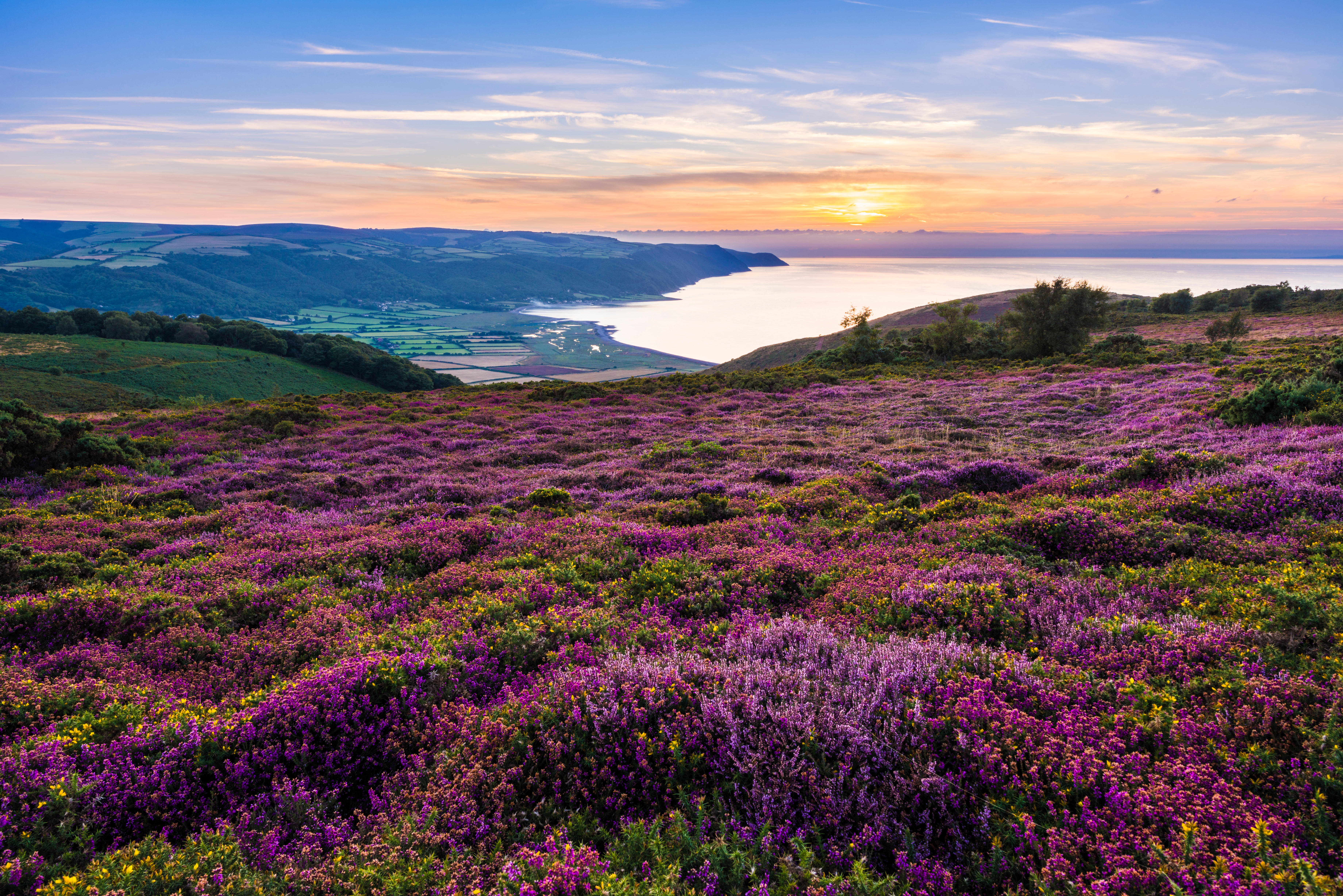
Credit: Alamy
Walking Exmoor: 'The views open out and there's just me, a lone figure in an immense, almost featureless landscape'
Fiona Reynolds walks in the footsteps of Lorna Doone and finds that there’s still a feeling of wilderness out on
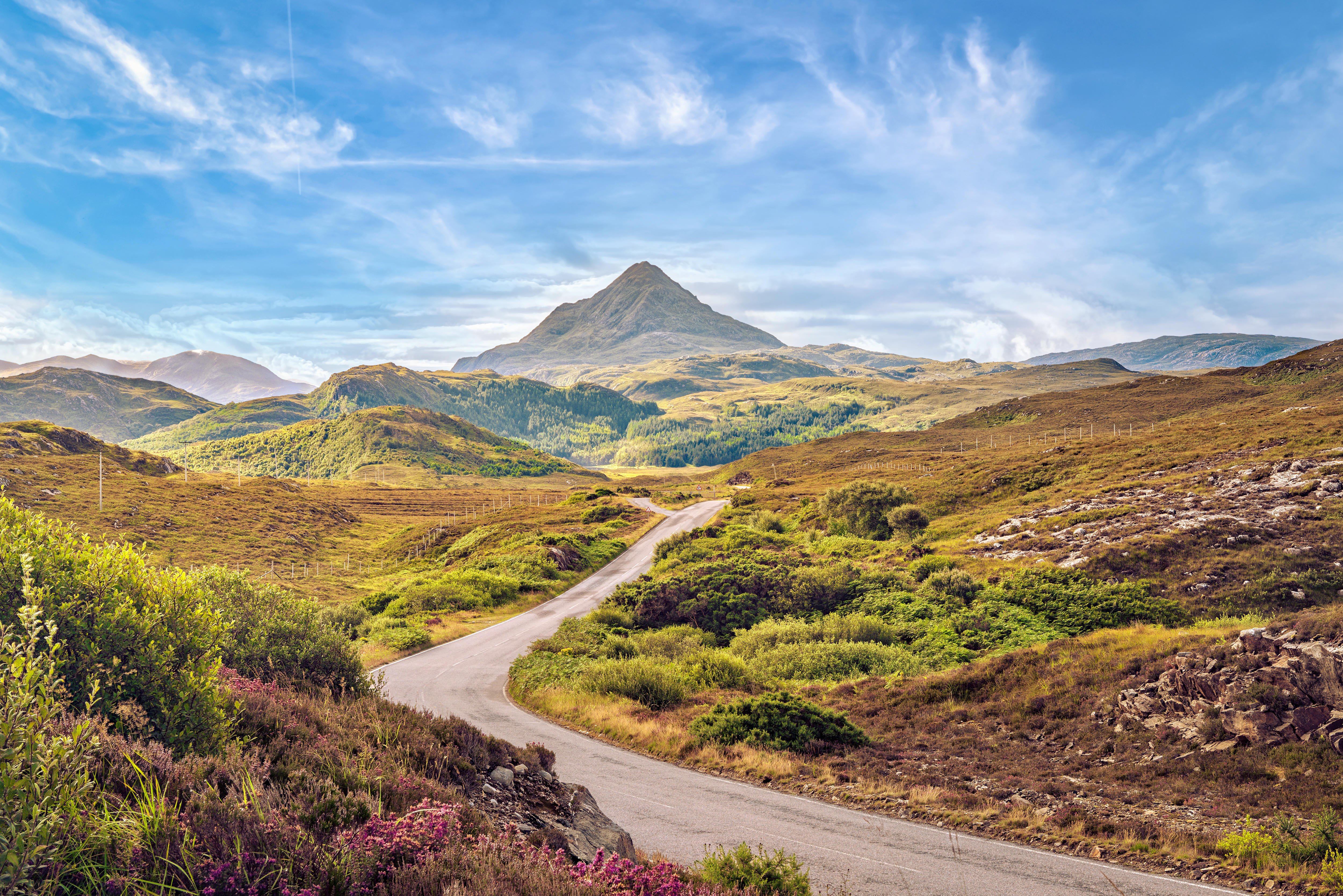
Climbing Ben Stack: A perfect, conical mountain whose paths are adorned with bluebells, violets and orchids
Fiona Reynolds takes time out during a trip to Scotland to climb one of its most beautiful little peaks: Ben
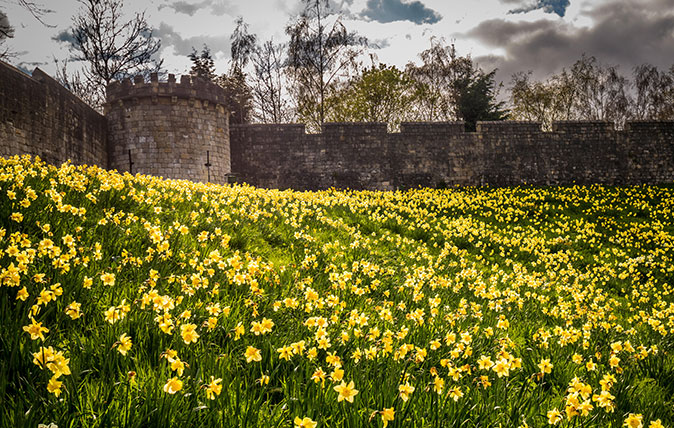
Credit: Alamy
A walk in York: Roman walls, battlements, turrets and the most glorious cathedral façade in Britain
Fiona Reynolds swapped the countryside for the city as she walked York's magnificent city walls.
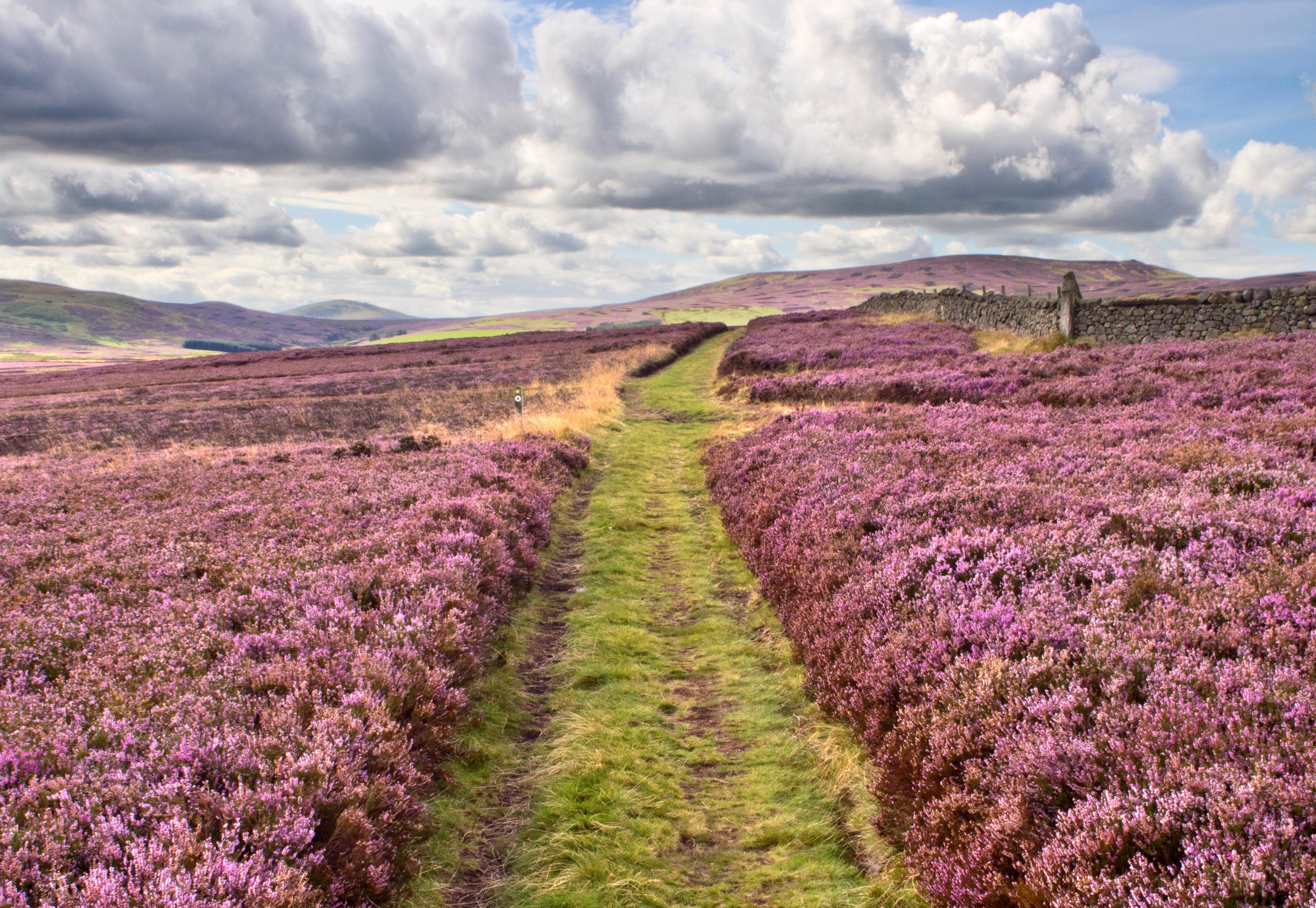
Walking St Cuthbert's Way in late summer: Heather in late-summer emperor’s purple, lit up by the last burst of warmth
The Cheviots and St Cuthbert’s Way are the right setting for reflection and remembrance, as Fiona Reynolds finds on her
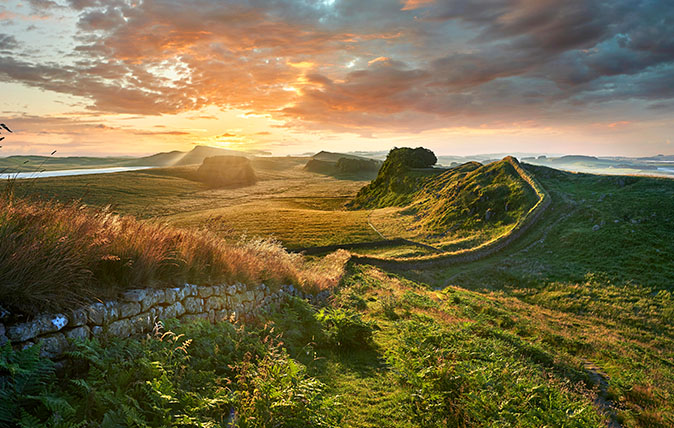
Walking Hadrian's Wall: An epic walk from coast to coast and back in time
One of Britain’s most famous landmarks makes for an epic walk back in time – and it's a journey that
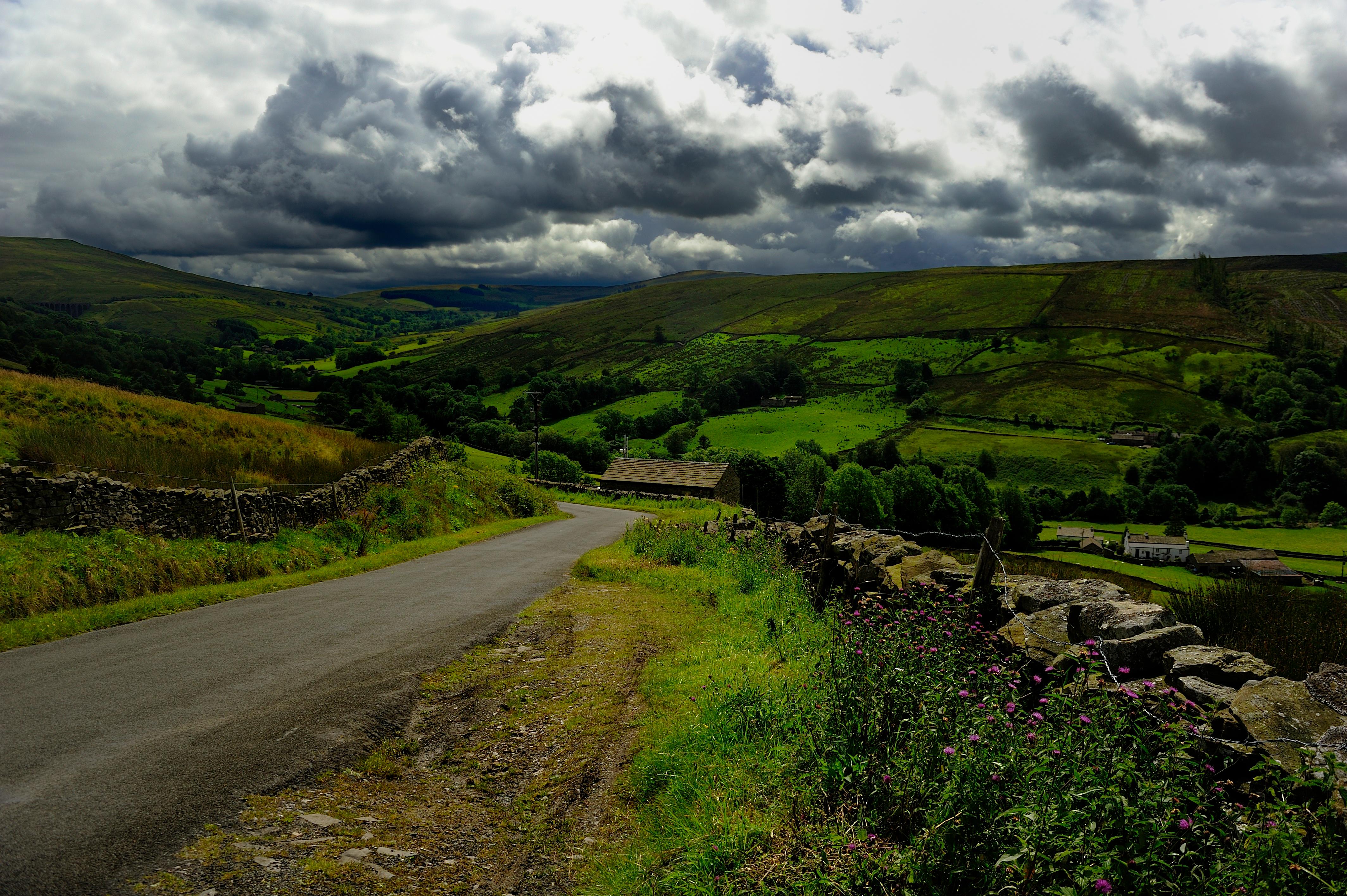
Walking the 79-mile Dales Way: 'The Wharfe is full and raging; we’re getting worried messages as people hear about the mayhem'
Torrential rain swells the River Wharfe as Fiona Reynolds embarks on a 79-mile walk along the Dales Way, just one
Fiona Reynolds is chair of the Food, Farming and Countryside Commission, the former director-general of the National Trust, former Master of Emmanuel College, Cambridge, and the author of The Fight for Beauty. Follow her on Twitter @fionacreynolds.
-
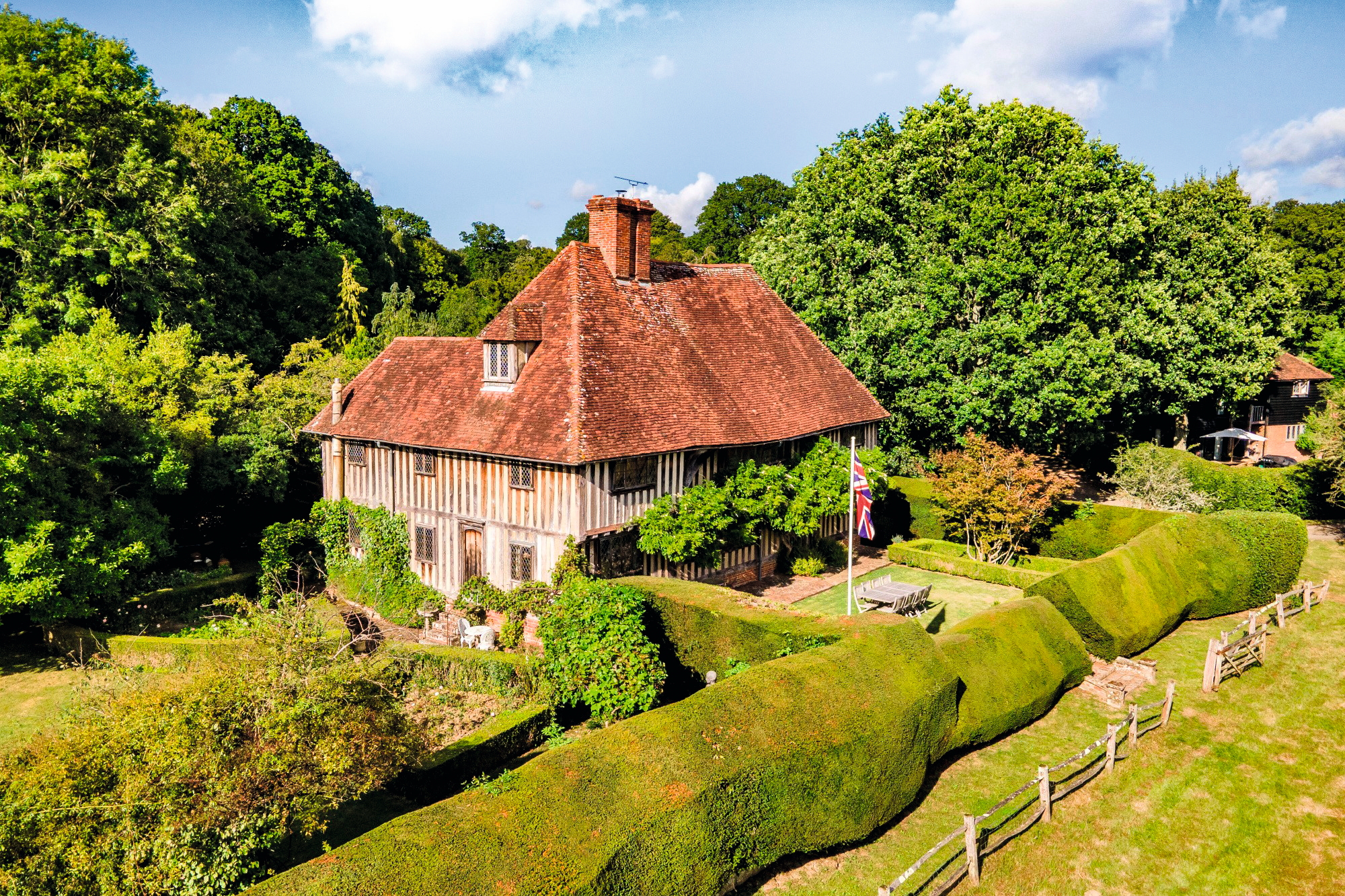 A mini estate in Kent that's so lovely it once featured in Simon Schama's 'History of Britain'
A mini estate in Kent that's so lovely it once featured in Simon Schama's 'History of Britain'The Paper Mill estate is a picture-postcard in the Garden of England.
By Penny Churchill
-
 Splash! A Century of Swimming and Style: A whistle-stop history, from the Roman Baths to Hampstead Heath
Splash! A Century of Swimming and Style: A whistle-stop history, from the Roman Baths to Hampstead HeathEmma Hughes dives into swimming's hidden depths at the Design Museum's exhibit in London.
By Emma Hughes